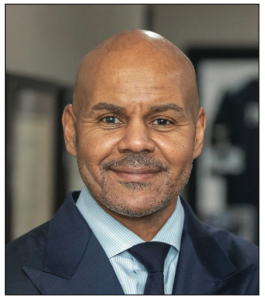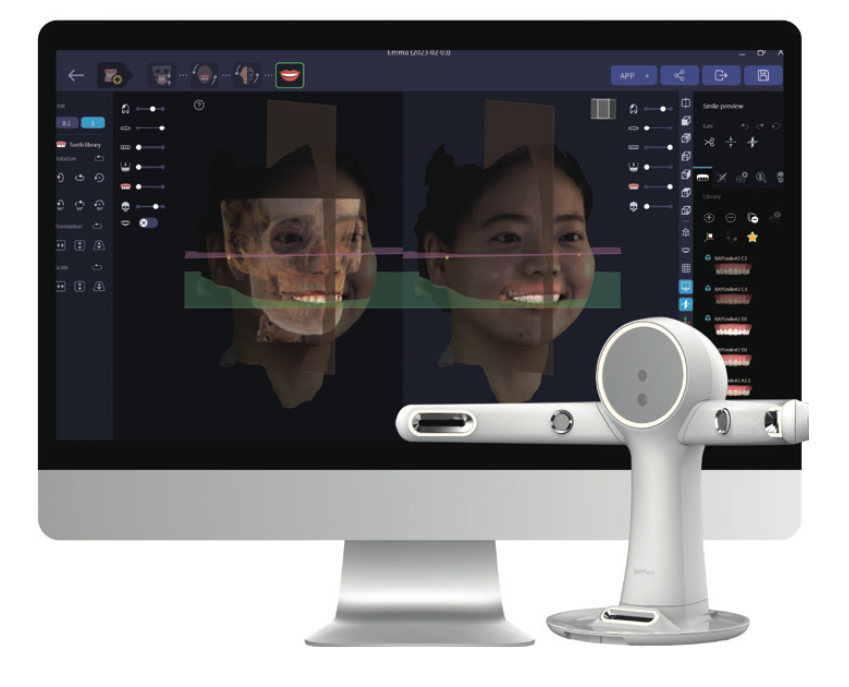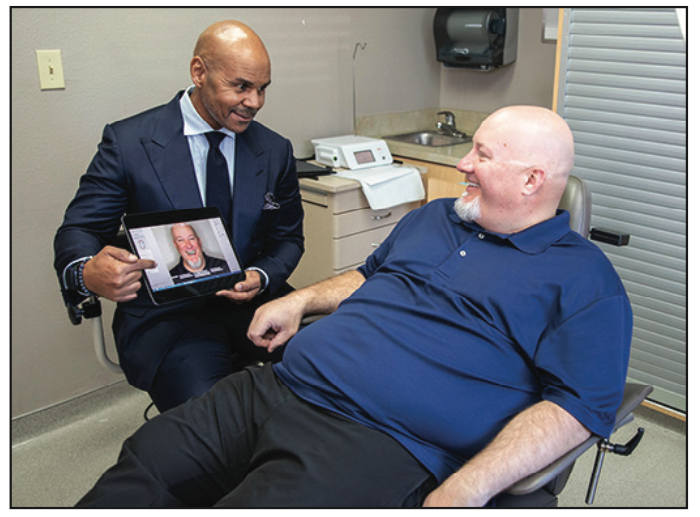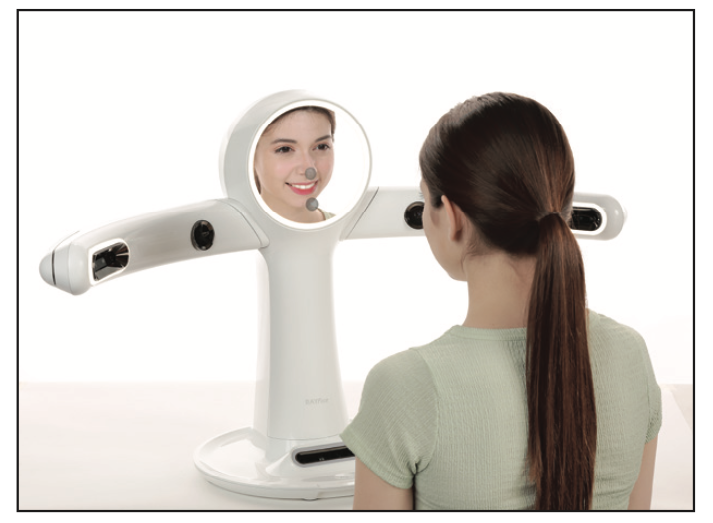Richard J. Martin, DDS, discusses some of the latest happenings involving CBCT.

Richard J. Martin, DDS
Q: The field of dentistry is experiencing rapid changes in response to a fast-changing world. What are your thoughts on the noteworthy shifts and emerging trends within dentistry?
A: When we look at dentistry today as it relates to digital technology and digital dentistry, it’s obvious that there is a shift. If you look at the ads in magazines and journals, there are a lot of new companies that are all offering digital solutions and amazing articles. Also, when you look at planning software, the latest thing that we’re looking at now is segmentation, and it’s much easier to be able to interpret a CBCT scan.

3D Face Scanner RAYFace (Ray America).
When I started more than 20 years ago, we had to send our patients to a CT scan center with a requisition form with specific scan instructions from the actual software companies of how to scan. The center would then load it on a disk for me and I would then mail that disk to the planning company. Back in the early 2000s, when CBCT machines came about, they were very expensive and hard to get it in the office. Now, multiple companies make affordable, high-quality CBCT machines.
Now, you have a lot of dentists who have CBCT machines in the office. Earlier on, it was just the oral surgeons or periodontists.
Q: Considering this transformation, do you view CBCT as an essential tool for dentists transitioning to a digital workflow?
A: Yes, absolutely. I do not think that you can consider being digital unless you have a CBCT machine because the CBCT machine, for the most part, reveals what’s hidden beneath. We have a panoramic that is a 2D radiograph that we can see but doesn’t allow us to view it in 3D and to probably see some findings that were not visible on panoramic.
CBCT is the backbone of digital technology as well as a facially driven workflow.

Dr. Martin consulting a patient.
Q: Price concerns often arise when considering advanced equipment like CBCT scanners. Additionally, the ability to control return on investment (ROI) becomes a significant factor. What is your perspective on these concerns?
A: I think when the CBCT systems first came out, the image quality was not as good as it is now. And we had to have 2 machines, including a panoramic and a CBCT machine. Now, most CBCT machines have the ability to get a panoramic reconstruction that is very accurate. The cost was expensive initially, but it has come down thanks to multiple players in the market, which means that the ROI is much better.
Some of these CBCT machines also come with planning software, in addition to being able to take what I like to call specialty areas. So you can do sinus, TMJ, endodontics, and airway CBCT scans. It’s a comprehensive machine nowadays, so I think the ROI is very good.
Q: Where do you believe RAYFace (Ray America), a 3D face scanner, fits in with CBCT, and how can the systems complement each other to create synergy in digital dentistry?
A: If you have a RAYFace and RAYSCAN (CBCT) (Ray America), you automatically can merge the CBCT into the facial scan, with the goal of providing an improved representation of the patient. And it minimizes the steps. One of the issues that we run into while doing digital planning is the number of steps that it takes to access all the data. Eliminating 2 to 3 mouse clicks is major. So, it improves the ease of use.

RAYFace capturing a patient’s facial data.
Q: For those embracing digital dentistry and expanding their scope of service, what message would you share to encourage and support their journey?
A: Technology will open your eyes to know how we can improve our patient outcomes because ultimately that’s the goal: more predictable results; happier patients; and functional, long-lasting restorations. So, if a young dentist is coming out of school now or is young in practice, I urge him or her to embrace digital technology and embrace the power of what we have now. I am still amazed at the advancements that I see every few months.
I think that you have to embrace technology. Otherwise, we’re at risk of being left behind. Digital dentistry is not just a big show-and-tell type of arena, it is a technology that we can use to help our patients with facially driven treatment planning.
For more information, call Ray America at (800) 976-4586, visit the website rayamerica.com, or email info@rayamerica.com.












